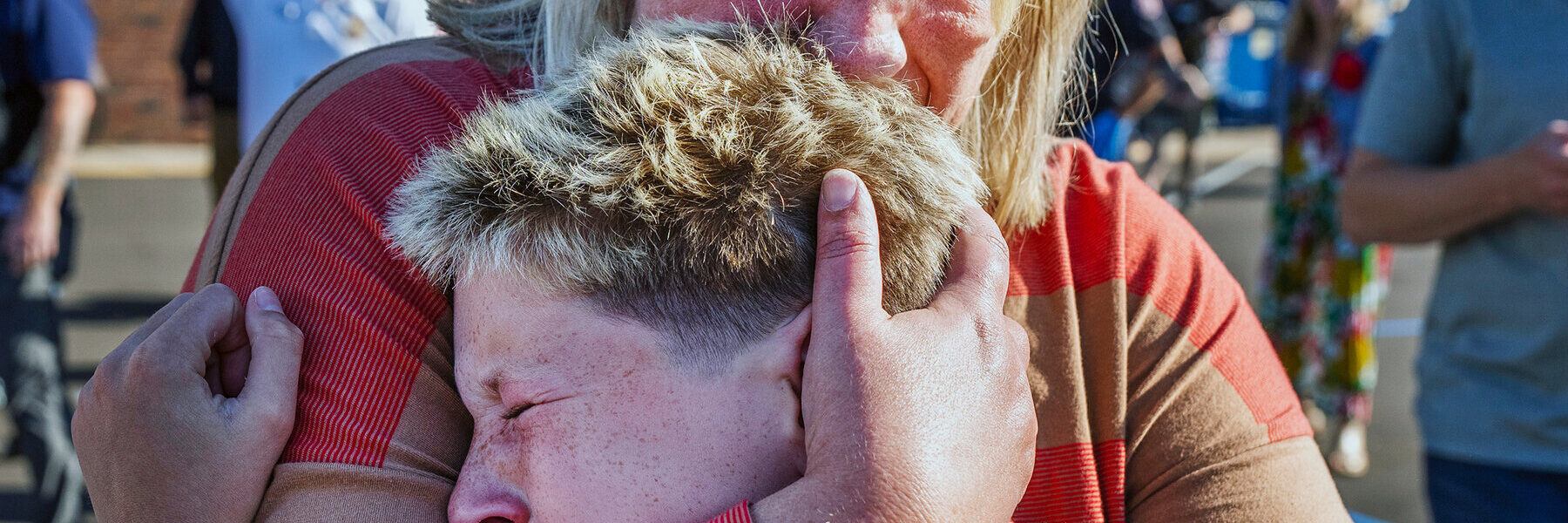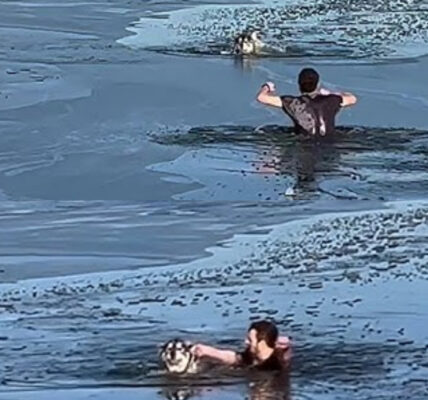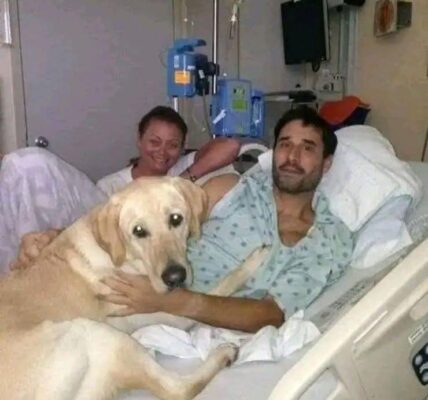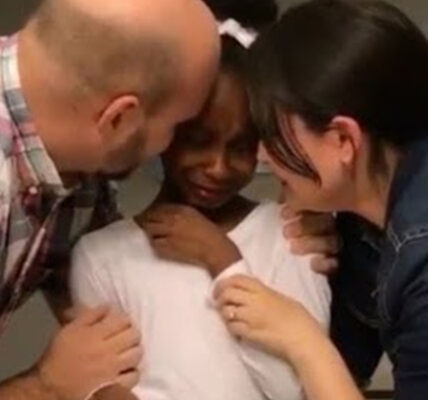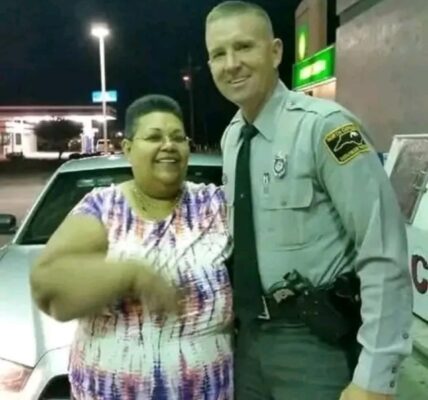
They were, by some measures, the lucky ones.
The children who stumbled out of Annunciation Catholic Church in Minneapolis on Wednesday, their hands bloodied, their clothes stained, their bodies trembling. The ones who clung desperately to their parents in emotional reunions, captured in photographs that spread across the news. Survivors. But survival, in this case, is a word heavy with meaning.
Two children, ages just 8 and 10, did not come home. Seventeen others were injured, fourteen of them children. And hundreds more — nearly 390 students enrolled at Annunciation — carry with them memories that will not fade: the sound of gunfire shattering stained-glass windows, the sight of friends collapsing in pews, the terror of wondering if they were next.
They now join a staggering group: nearly 400,000 American children who have lived through gun violence at school since Columbine in 1999. A club that should never exist, but as Natalie Barden — whose brother Daniel was killed at Sandy Hook Elementary — once wrote, it is “not so little anymore.”
For those who survive, the battle is only beginning.
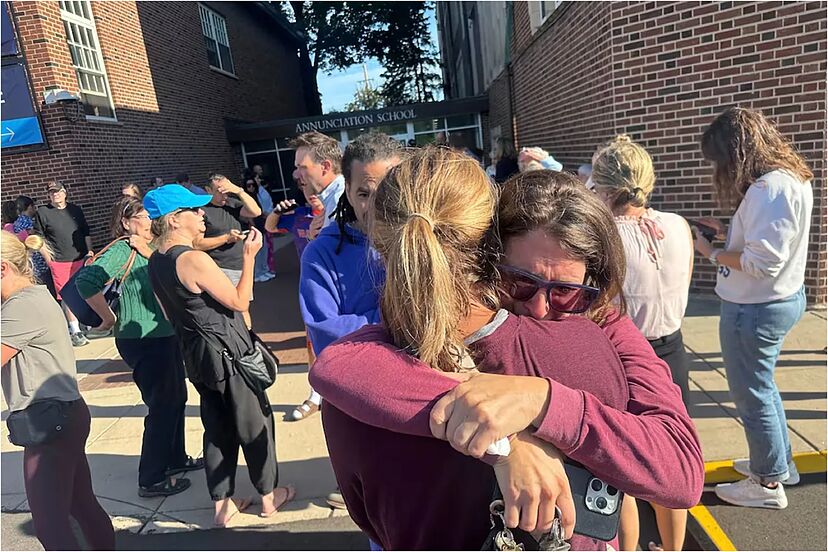
Psychologists describe the weight children carry after such attacks: anxiety, grief, guilt, and shame. Many ask impossible questions: “Why me and not them? Why them and not me?” Violence inside places meant to be safe — schools, churches — tears at the very fabric of a child’s worldview. “It basically violates the social contract I had with the world: I expected to be able to go to school and come home,” explained Dr. Robin Gurwitch, a child trauma expert. “When that doesn’t happen, a child’s worldview can be altered.”
For one Minneapolis family, the impact is already painfully clear. Norris Roberts spoke about his step-grandson, Endre Gunter, who was hit during the shooting and rushed into surgery. Though no longer in critical condition, the boy witnessed another child die beside him. “It’s going to be tough on him,” Roberts said, his voice heavy with worry. “I can’t fathom that happened and you being stable. It’s not normal.”
And he’s right. Survivors of past shootings have described panic attacks, migraines, and an obsessive awareness of exits in every public space. Research backs this up: children exposed to school shootings are more likely to struggle with depression, miss school, see their grades drop, and even earn less money years later in adulthood. In some cases, antidepressant usage spikes for years in communities touched by school gunfire.
The trauma lingers, invisible but relentless.
And yet, experts say, children can heal — but only if surrounded with the right support. The weeks immediately following such violence are critical. Anxiety, sleeplessness, or irritability are natural in the short term. But if they persist beyond a month, Dr. Gurwitch warns, it is a sign that children may need counseling or intervention.
She also urges parents everywhere, not just in Minneapolis, to talk openly with their children. Even the youngest ones. “To assume children won’t know is a hope and a prayer that is not realistic,” she said. They hear, they sense, they absorb far more than parents realize. What they need is not silence, but reassurance. Parents can validate their fears, answer their questions, and emphasize what is being done to keep them safe.
Of course, no parent can promise, “It will never happen here.” The best they can say is, “We are doing everything we know how to do to keep you safe.”
The children of Annunciation Catholic School now carry wounds that extend far beyond the physical. They are a part of America’s newest community of survivors — a community no one should ever have to join, yet one that grows with each passing year.
Some will heal with time. Others may struggle for decades. But all of them — every child who crouched under a pew, every one who covered their ears against the sound of bullets, every one who saw a friend fall — will be forever changed.
And as the nation grieves yet another tragedy, it must reckon with this haunting truth: these children are not just survivors of a single day’s violence. They are the ones left to live with it.
